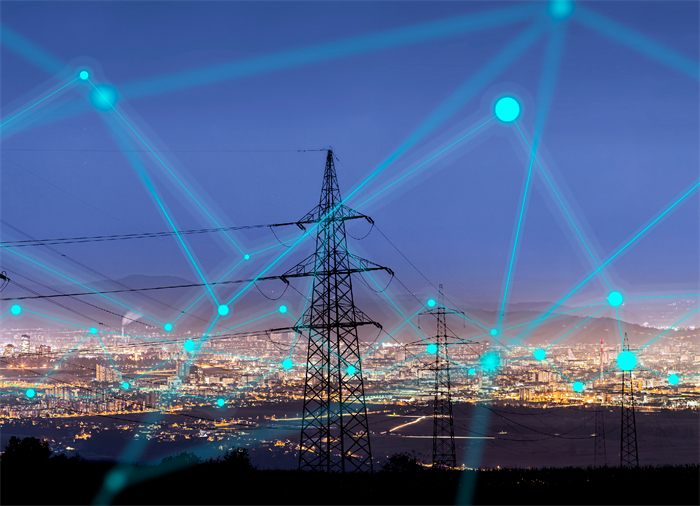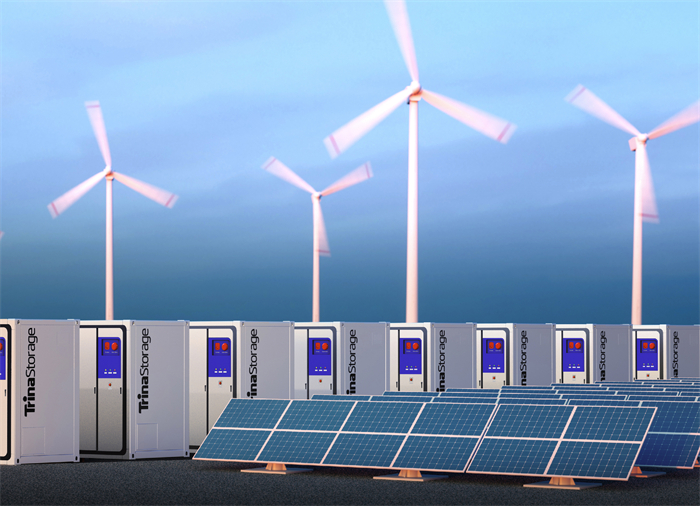How Do Battery Storage Solutions Enable the Adoption of Renewable Energy?
- 23/04/20
- Reliability
The future of renewable energy is here, offering a sustainable solution to our energy needs today. This increase in demand for renewable energy requires an unprecedented need for enhanced grid stabilisation, considering that conventional (non-renewable, i.e. coal, oil and natural gas) sources are relatively stable due to synchronous generators supporting their stability.
To fulfil this need and meet the United Nations’ net-zero carbon emissions target by 2050, it is imperative to drive a faster deployment of energy storage systems to cope with the expected increase in demand.
According to BloombergNEF’s Energy Transition Investment Trends, global investment in the low-carbon energy transition, including projects such as renewables, storage and charging infrastructure, increased by 27% in 2021. This is reportedly due to the increase in climate crisis publicity and stronger policies raising climate goals leading into COP26, but that’s without taking into consideration how the 2022 energy crisis has proven to be an “accelerant” for renewable energy with “demand at an all-time high”.

Challenges with renewable energy storage
This situation presents several challenges that must be acknowledged and overcome in order to deal with the continual rise in renewable energy demand that powers consumer, commercial and utility-scale projects across the Asia-Pacific region and around the world.
Ensuring electricity security
According to the International Energy Authority (IEA), electricity security means “having a reliable and stable supply of electricity which is able to meet demands at an affordable price”. To do so, grids must be able to provide stable access to electricity even in the face of demand and supply spikes, weather events, or other factors that may affect the functions of the grid.
Unfortunately, power grids around the world face an uncertain future. As they get older, our grids become less stable under pressure from the demands of modern living and modern industry.
This situation is made worse with extreme weather events. In the winter of 2022, Australia faced its highest maximum quarterly energy demand, exceeding the previous record by 83 MW. This, combined with constraints in coal and gas supply, resulted in electricity shortage across eastern Australia.
But that is not the only problem we face. Many countries are still facing issues with inadequate infrastructure, resulting in no to limited electricity access. According to the Asian Development Bank, more than 350 million people in the Asia Pacific region has limited access to electricity, while 150 million people have no access to it at all.
Meanwhile, inadequate infrastructure has even led to energy wastage. In 2022, existing solar and wind farms in Vietnam are forced to limit energy supply to the national grid due to limited capacity and inability to cope with increased supply during periods of high renewable energy generation, wasting 40 to 50% of output for some farms.
To ensure that grid capacity is sufficient to meet future demand, we must establish energy security, either by upgrading our antiquated infrastructure and/or augmenting the grid with new modern technologies and concepts.
Supply and demand imbalances
The sad truth is that it is not possible to produce, condition and direct renewable energy sources to meet all our energy demands, even if we could somehow predict every energy spike with absolute accuracy. The frequency and voltage produced by renewable energy sources are dynamic because the input varies with time of day and the prevailing weather conditions. If these inputs are not compensated for, they can affect normal grid operation.
For instance, due to the nature of solar energy, we typically produce more energy than is needed during the day on a given site. Unless we can store this excess energy, it is wasted and of no use.
Conversely, since there is lower to no energy production during poor weather or at night, we are unable to rely solely on renewable energy sources for energy, especially in our electricity-driven world. Without a way to store and use the excess energy, we have to continue relying solely on the grid to meet our energy needs in such scenarios.
How battery energy storage overcomes the challenges
Battery energy storage systems are rechargeable battery systems which store electricity generated from renewable energy sources, such as solar or wind, and subsequently provide that energy back to the grid, workplace or household.
Due to their advanced energy management techniques, these energy storage systems serve to stabilise the grid by importing and exporting (charging or discharging respectively) their stored energy to and from the grid, workplace or household as required, based on demands placed on the power networks at any given time.
Energy storage systems can also provide emergency backup power when necessary.

Peak power shaving
For commercial applications, peak shaving is arguably the most important function of energy storage.
The electricity bills for businesses are calculated largely based on the peak power demand in a given period, and does not account for how many times this peak is seen. To lower your business’ utility bill, you can tune your business’ energy strategy by taking the standard power demand from the grid and servicing the peak power spikes using fast response stored energy.
Battery systems are well suited to provide this service as they can guarantee that no power above a pre-determined threshold will be drawn from the grid during peak times. The additional power is provided by the battery, which is then recharged from the grid (or renewables) when it is cost effective to do so.
Energy load shifting
By charging the battery with low-cost energy during periods of excess renewable generation and discharging during periods of high demand, battery systems can both reduce renewable energy limitations and maximize the value that the energy developers can sell to the market.
Battery energy storage systems therefore allow businesses to shift energy usage by cost-effectively charging batteries from renewable sources and discharging the stored energy during periods when it would be more expensive to take energy directly from the grid.
Micro-grid installations
Renewable generation, in conjunction with battery storage solutions, introduces the concept of building micro-grids as a scalable and economically viable option to replace or complement the local grid.
Micro-grids can be used in certain large commercial facilities or even used to power entire communities in island-based scenarios. A great example of this is Trina Storage’s Maldives electrification project that replaced diesel generators, reducing 2.6 million litres of diesel consumption annually and dramatically decreasing noise pollution especially at night.
It’s no secret that transitioning to a net-carbon-zero world is one of the greatest challenges humankind has ever faced. It calls for a complete transformation in how we think, how we produce, how we consume and how we transport our people and goods on a global scale and is equally important at the local level.
The good news is, everyone can play their part to make a difference globally. The energy sector is the source of around 75% of man-made greenhouse gas emissions today and therefore holds the key to slowing or reversing the worst effects of climate change. Replacing polluting coal, gas, and oil-fired power with energy from renewable sources, such as wind or solar, would dramatically reduce carbon emissions.
With this comes challenges, such as the lack of proper infrastructure or capacity in conventional power grids to deal with the increased demands placed on them by modern society and industry. These challenges can be met with large scale deployment of battery systems, together with other renewable technologies, to supplement areas of our traditional power grids to meet the increasing demand.
Want to gain more insights on battery storage and other innovative solar solutions? Join our newsletter to get the latest and greatest straight into your inbox, or contact us if you have any questions.
Relevant Topics
Smart Energy Solutions
delivered straight to your inbox


